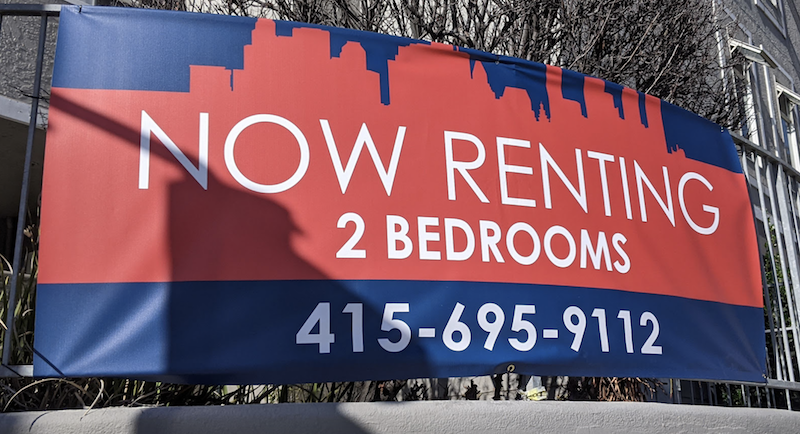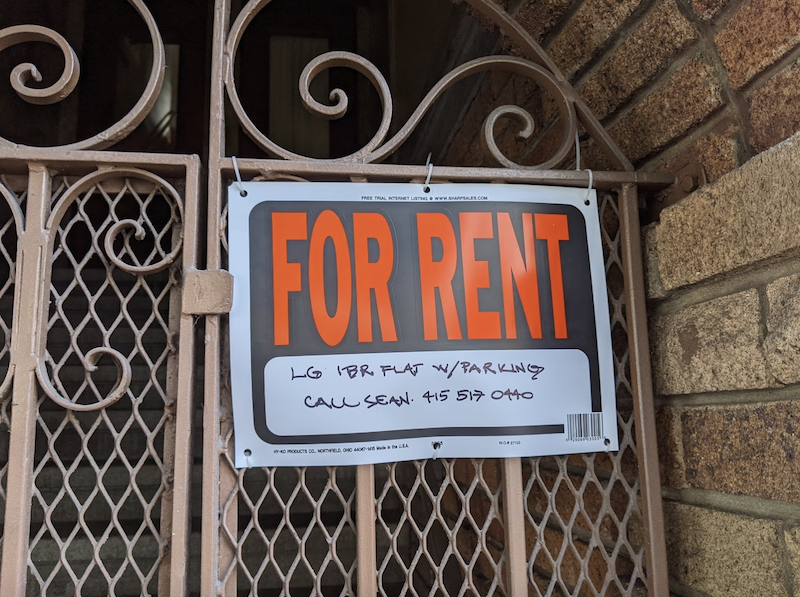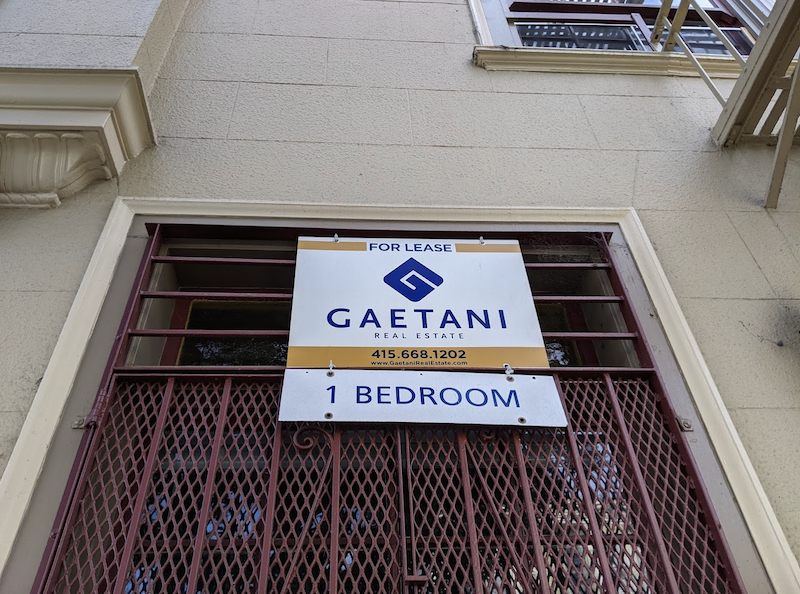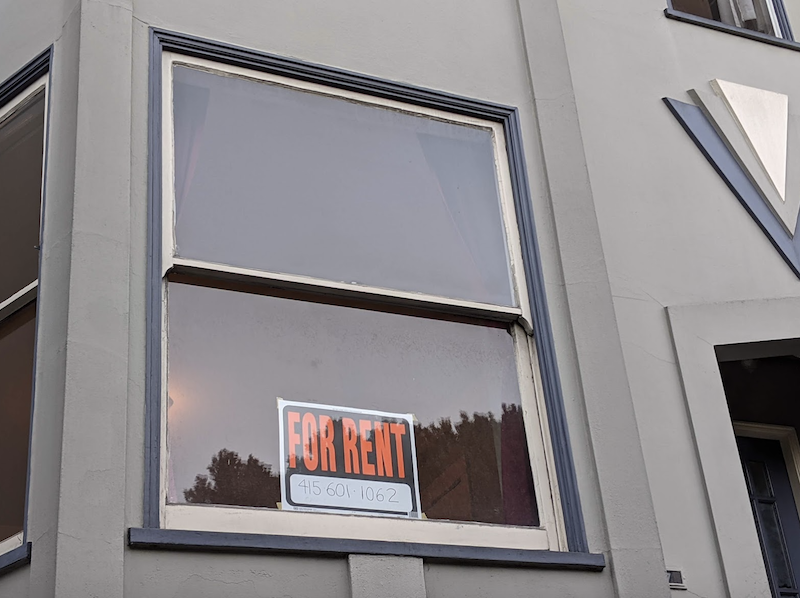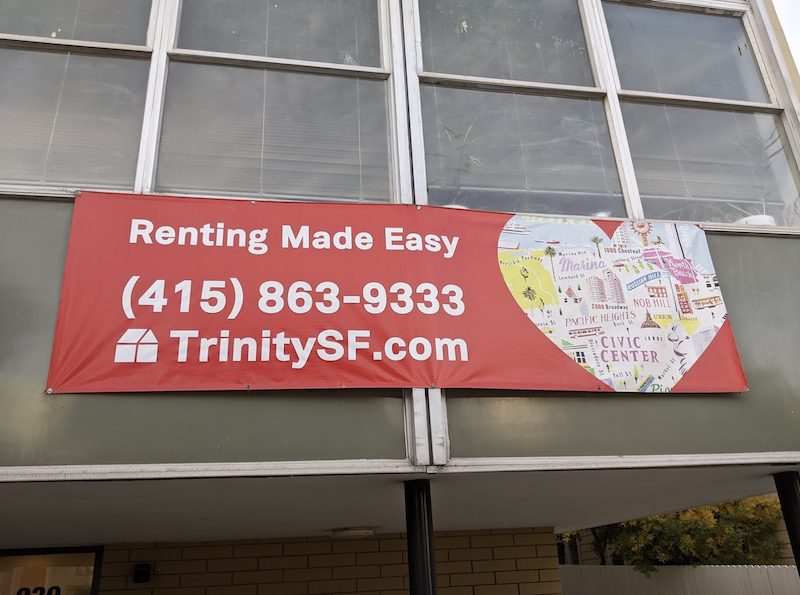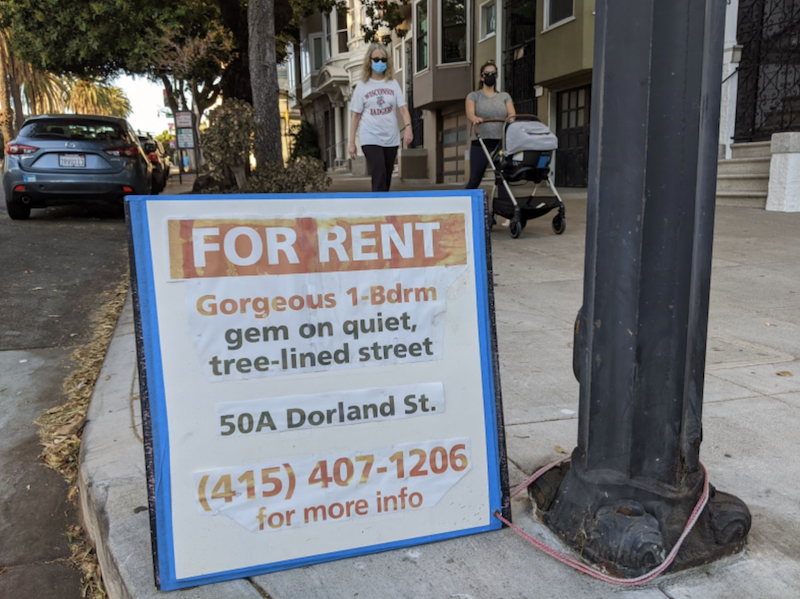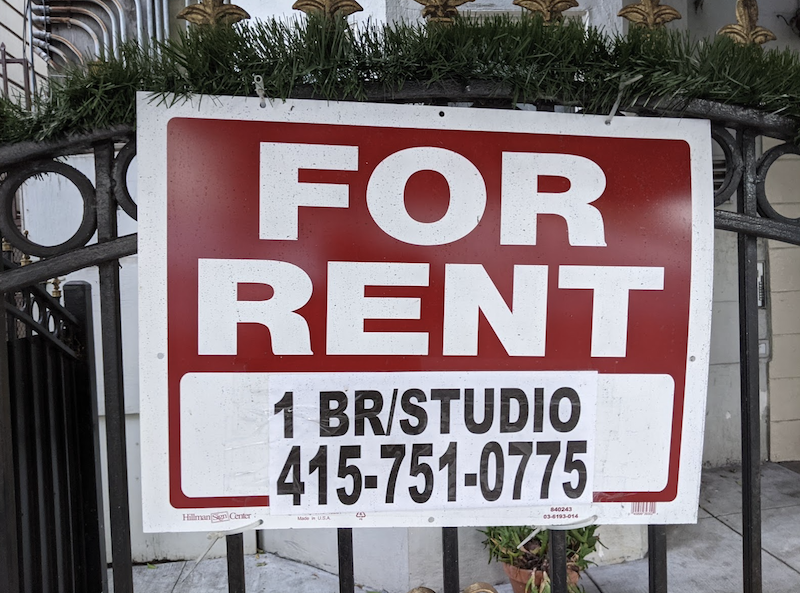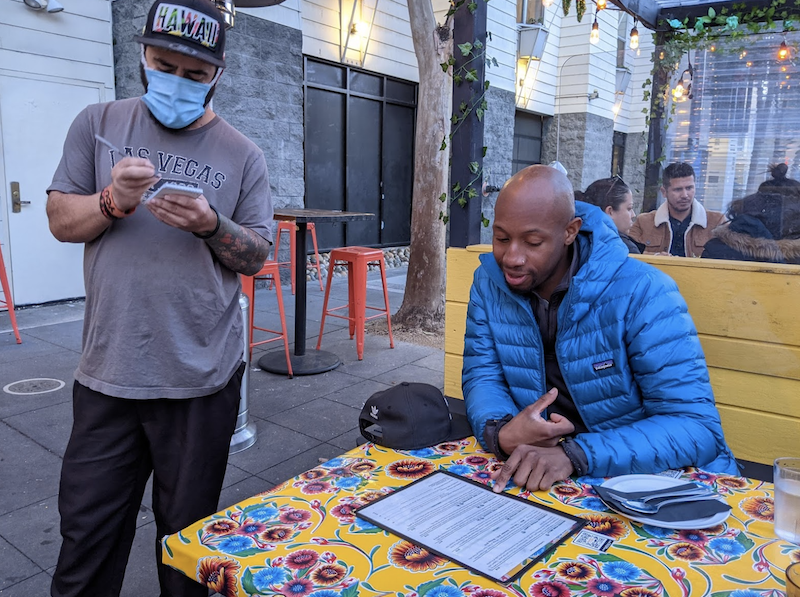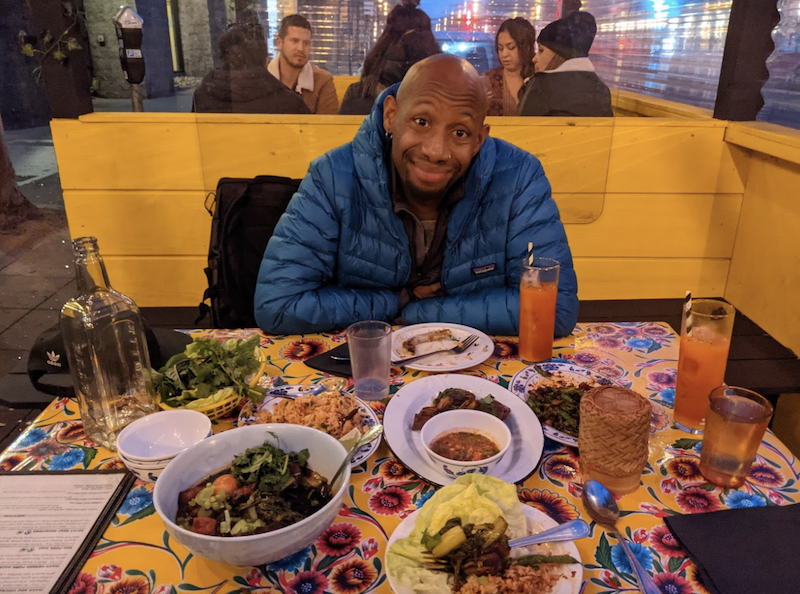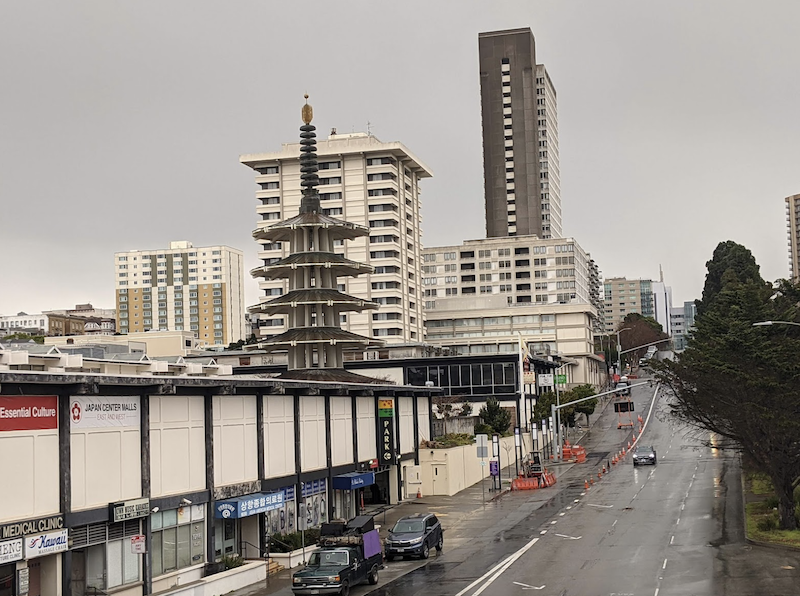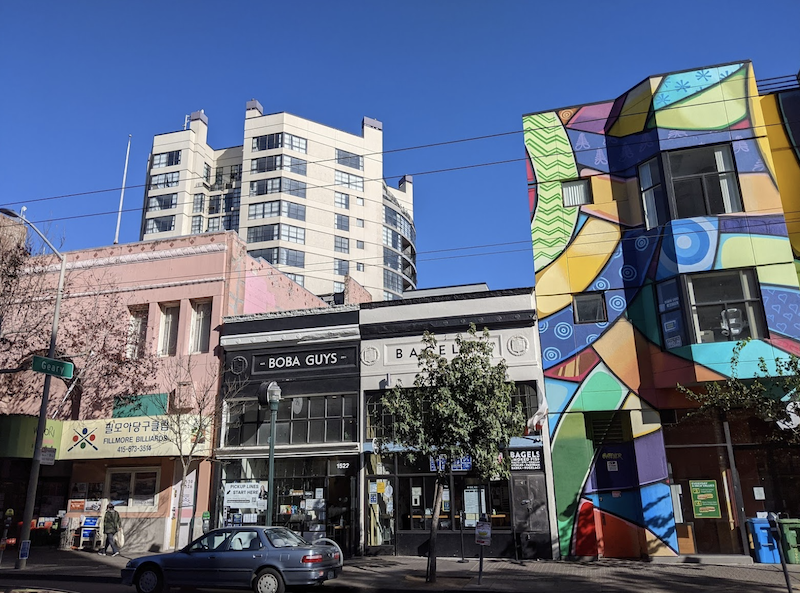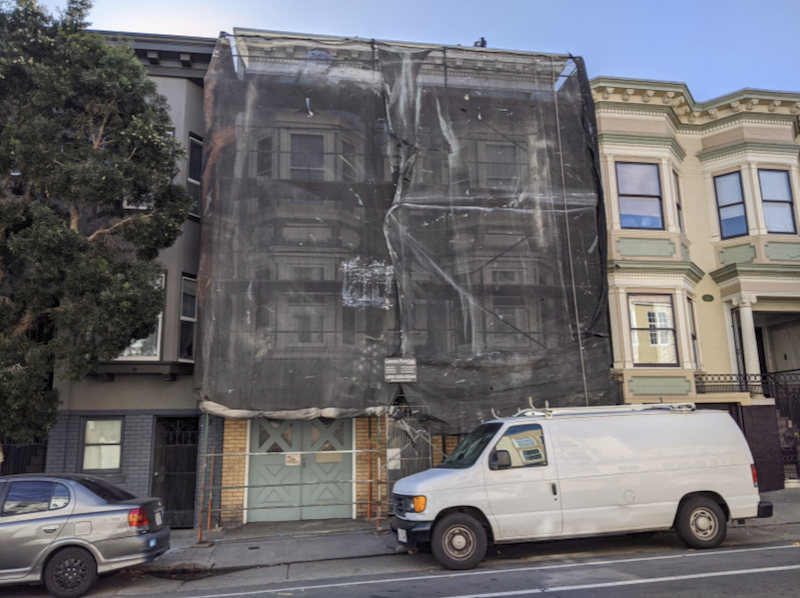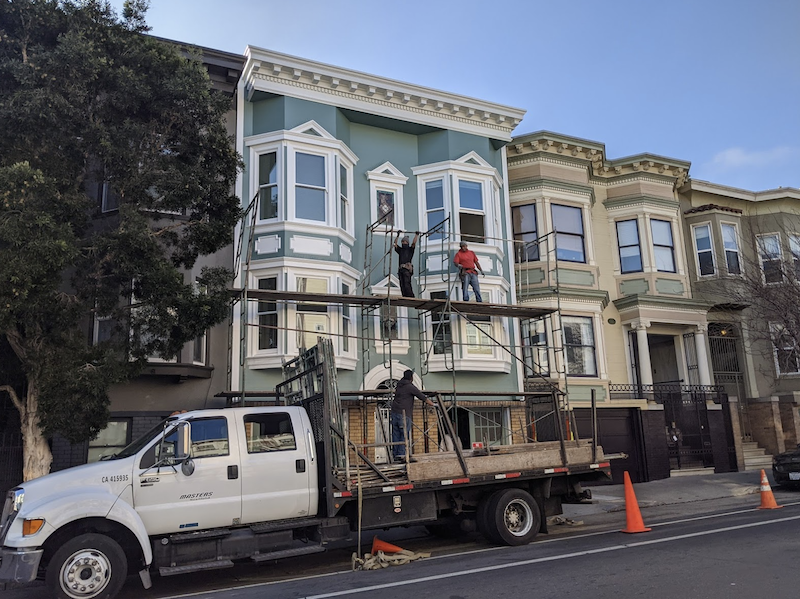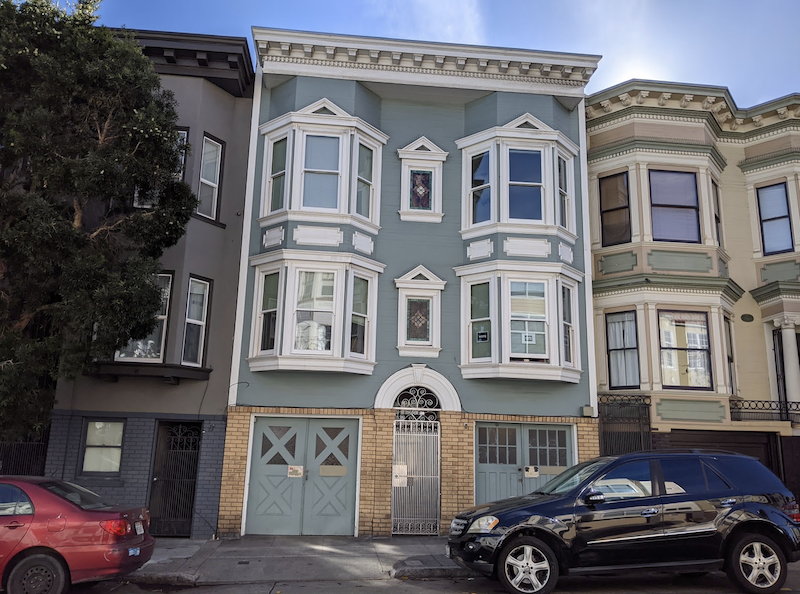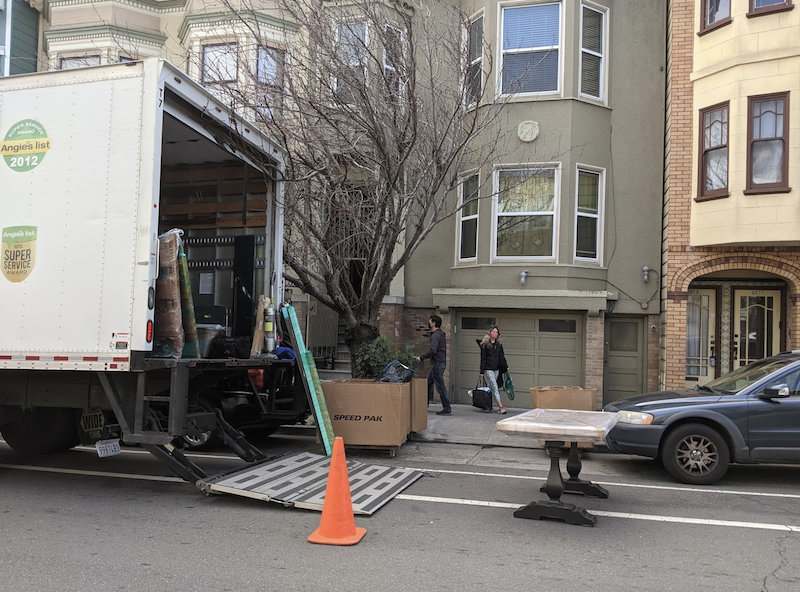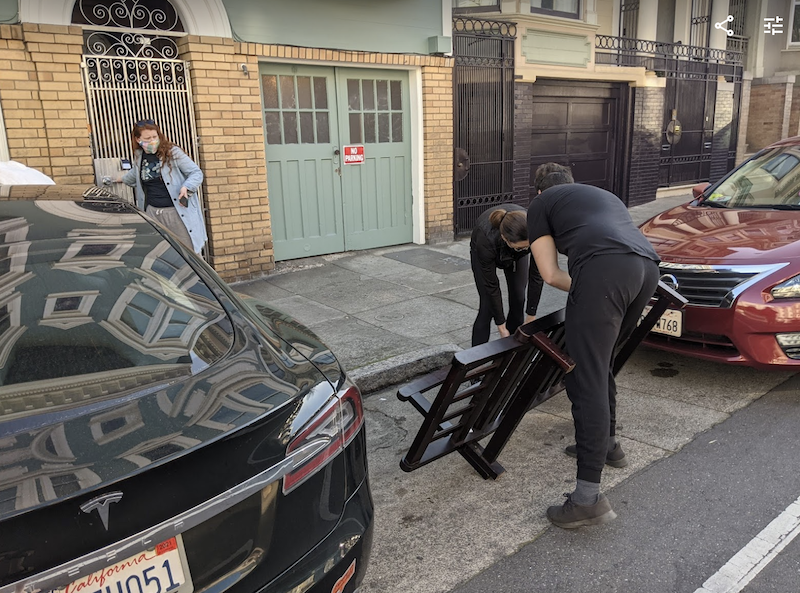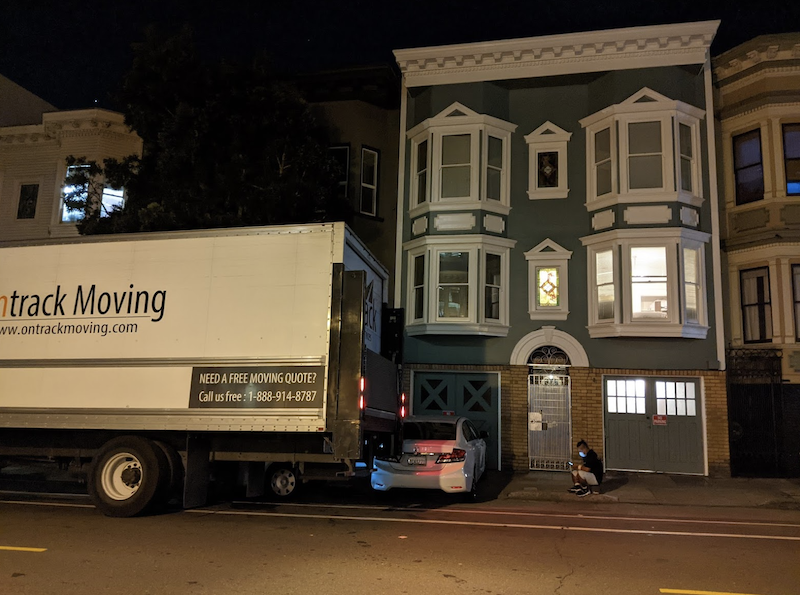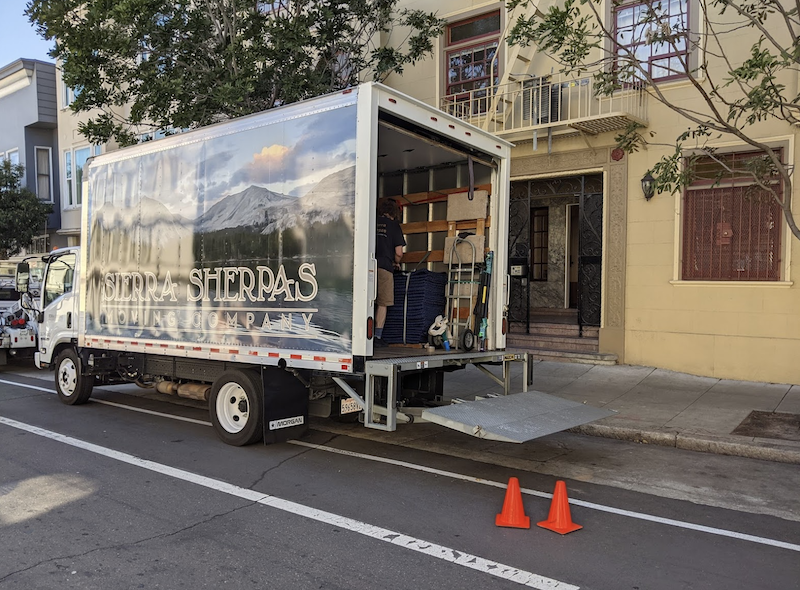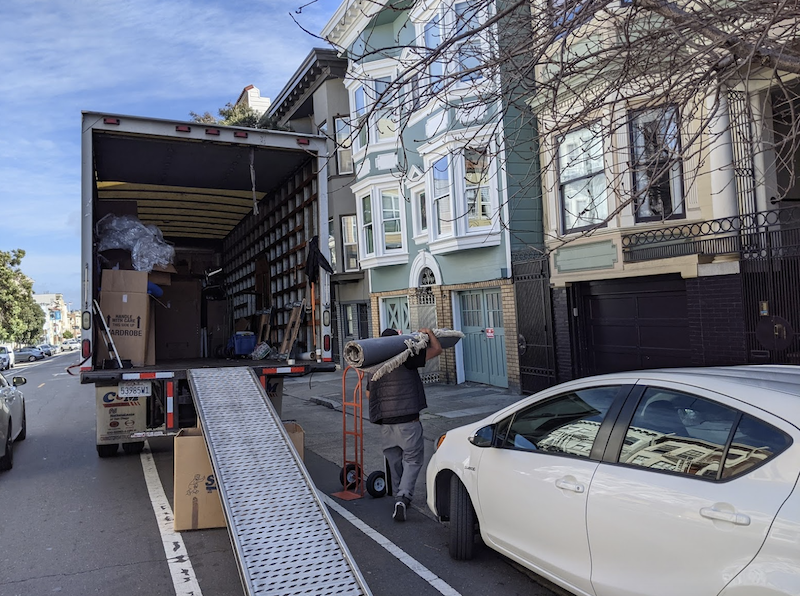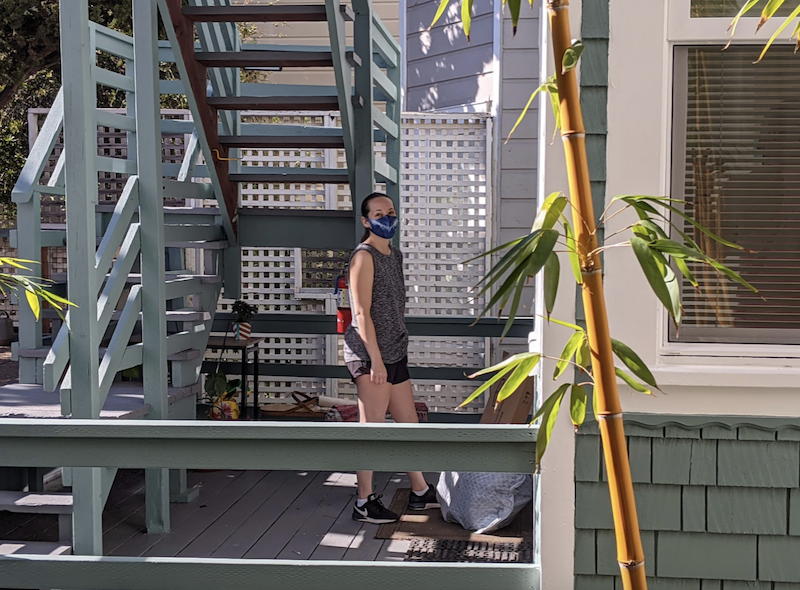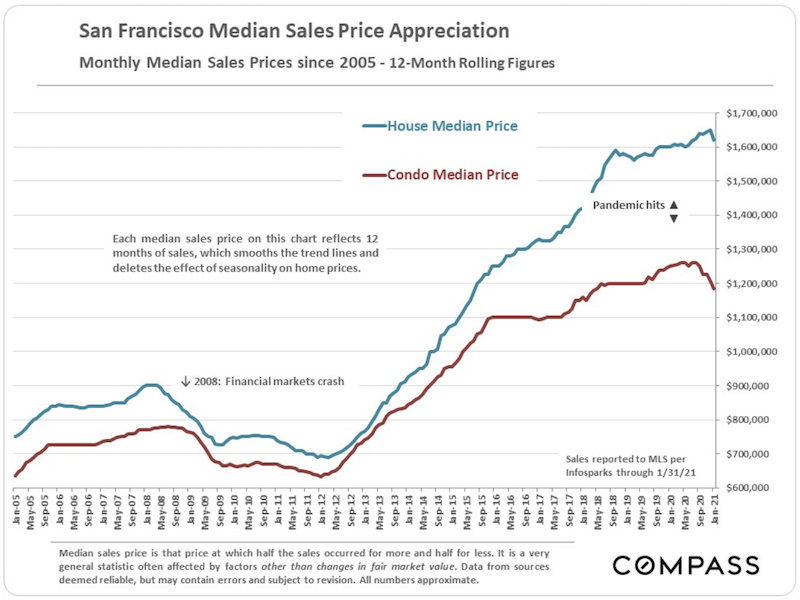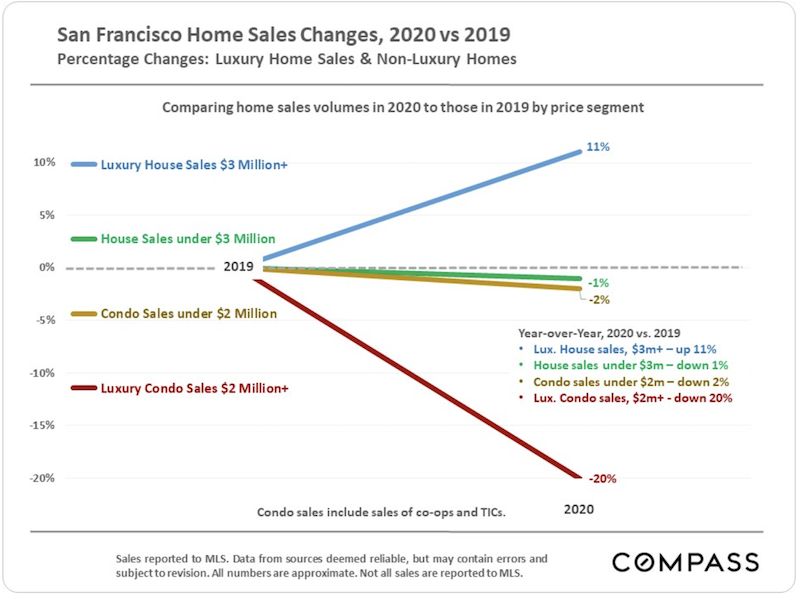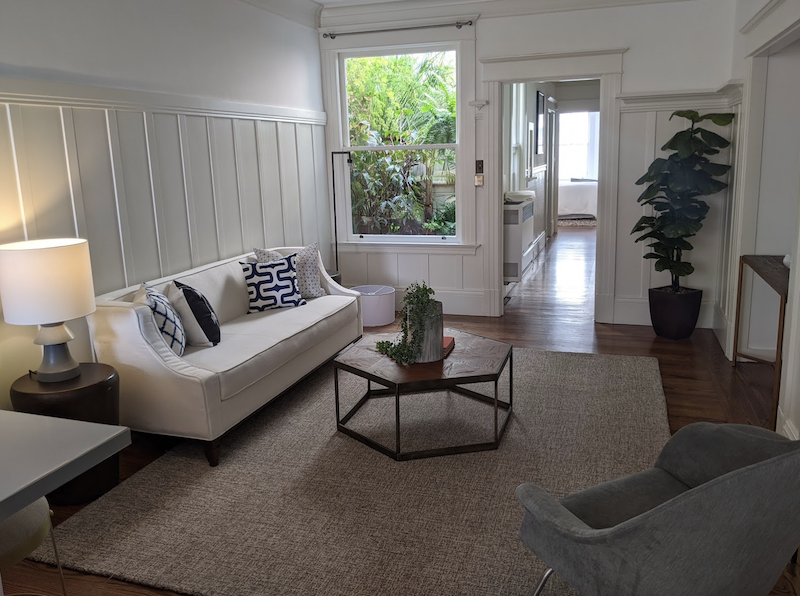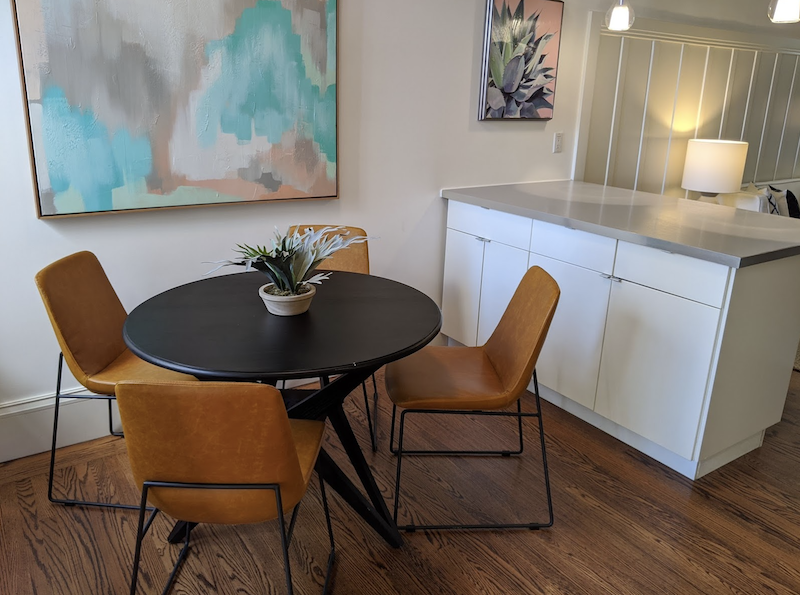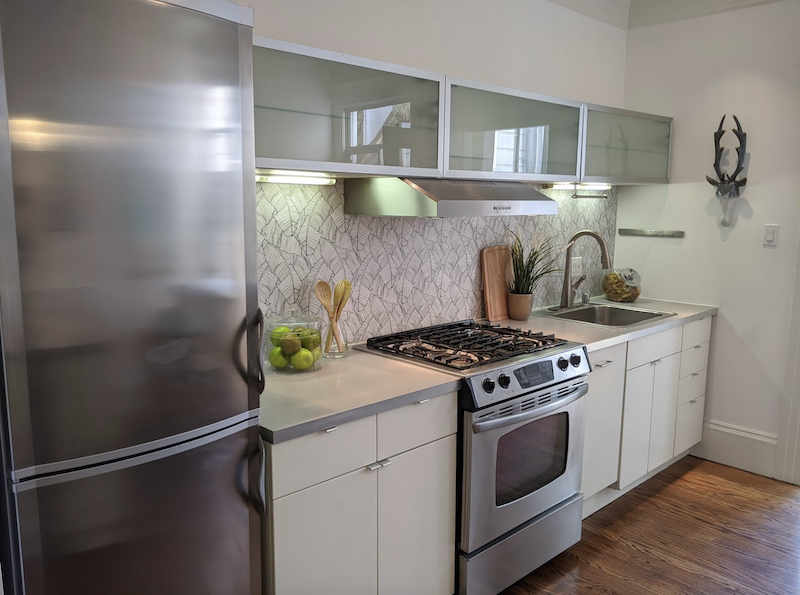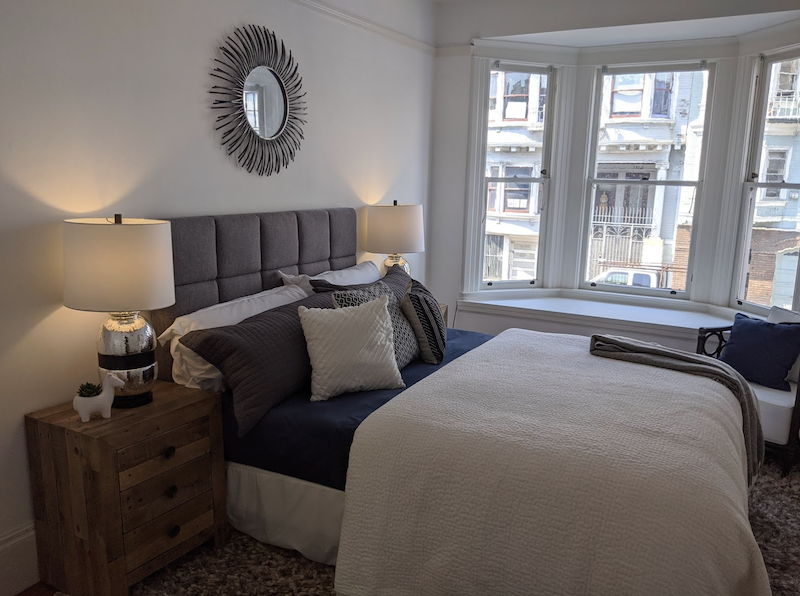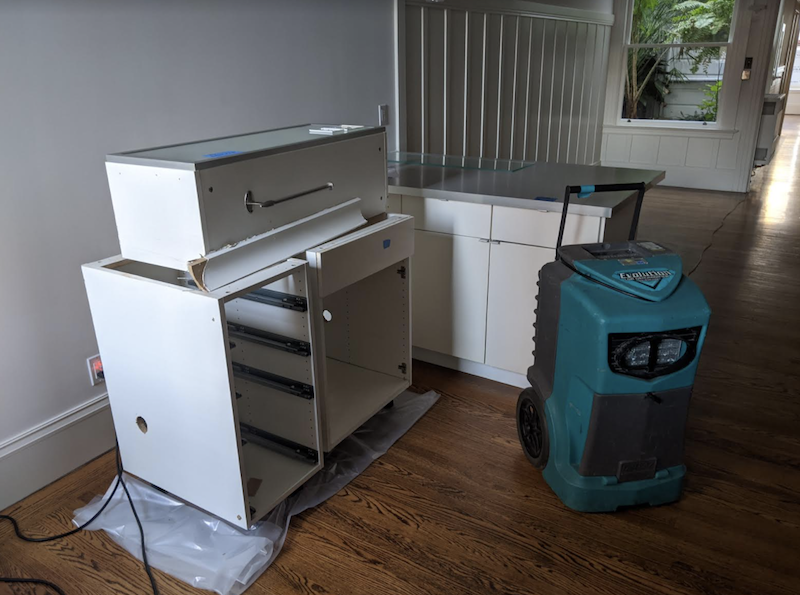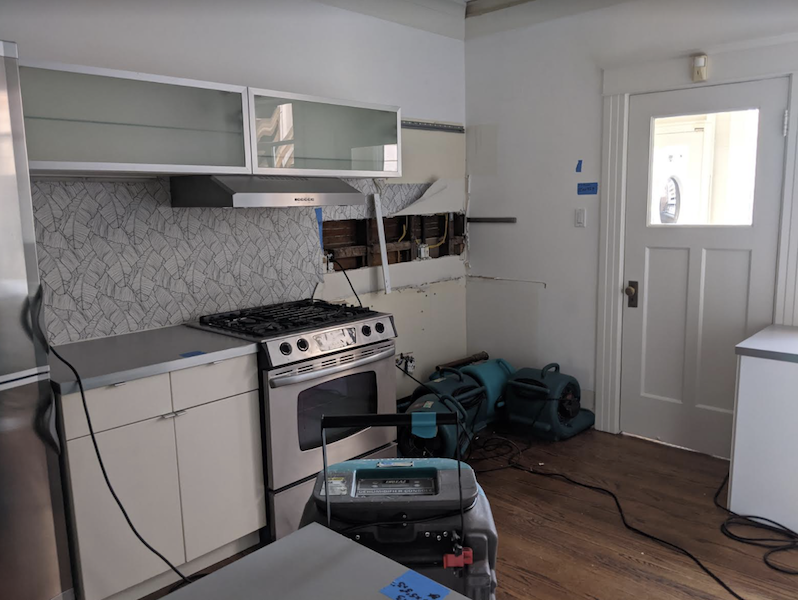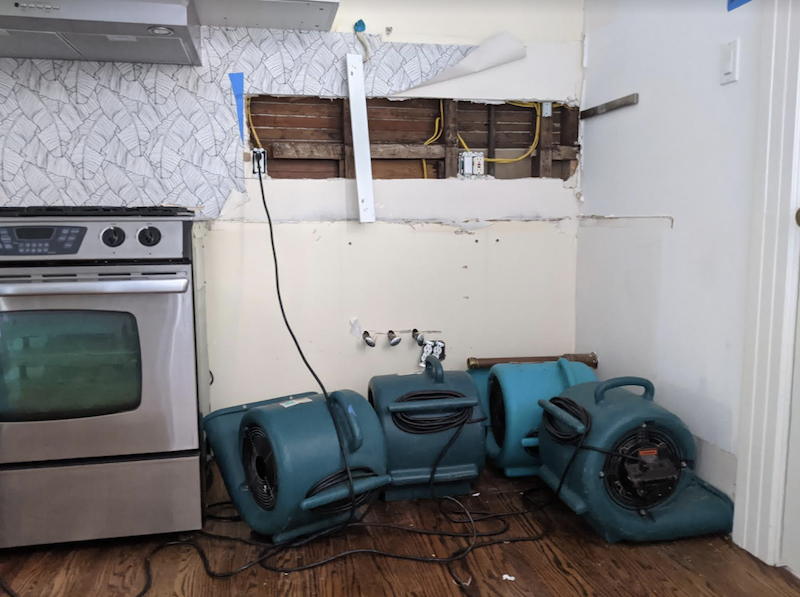The Harbinger
A couple of weeks ago I was interviewed by a woman in Dallas who works for a Texas based business publication. She was writing about the economic effects of migration of both people and corporations from California to Texas. Texas, they say, is enjoying a boom in population, employment, and revenue because it has superior government policies compared to the administrative disaster that’s unfolding in California. I shared my thoughts on the subject with her. I’ll get back to all that in a minute.
San Francisco saw a huge exodus early in 2020 as the pandemic hit hard and people scattered. Many of the folks who left the city are probably never coming back. But the dynamic is more nuanced than outsiders realize. Cities like San Francisco have a constant churn of people flowing in and out. For decades the inward flow was much stronger than the outward flow so availability tightened up and prices climbed. Covid stopped the inflow and induced a sudden rush for the exit so rents crashed.
I recently met a friend for dinner that I hadn’t seen since the early days of the pandemic. He was one of the people who had up and left and enjoyed a nomadic existence during Covid. He and a group of likeminded adventurers continued to earn a good living from cell phones and laptops. For them working from home meant deeply discounted accommodations at luxury beach resorts in Mexico for months on end.
He was back in town for a couple of weeks toying with the idea of renting an apartment in San Francisco again. There’s currently an abundance of vacancies to choose from at significantly lower prices than this time last year. He described one of the interviews with a potential landlady. She asked all the usual questions about income, credit rating, and references.
Then he started to ask her questions. He didn’t even know her name. Did she have references that would let him know what kind of property manager she was going to be? Was her building financially stable in this quasi crisis environment? She didn’t like his tone at all and they politely agreed they were mutually incompatible. He hopped a flight back to Mexico soon thereafter.
Another friend lives in the Japantown / Fillmore neighborhood. He actually enjoys life in a spacious high rise apartment with a generous private balcony and panoramic city views. He works from home most of the time and felt no need to leave. When he noticed how many vacancies appeared in his building early in the Covid lockdown he contacted his landlord and negotiated a big rent reduction.
A few months later as even more people left the building he negotiated a second rent reduction. Overall, his quality of life and financial situation have probably improved this year compared to last. He might even move to a better place at a lower rent in one of the fancy buildings downtown. It’s a great time to lock in a premium spot at a discount.
Last year every one of the four apartments in the building next door to me became vacant all at once. It stayed that way for months. The landlord took the opportunity to clean, paint, and upgrade each of the units as well as the exterior front and back in a way that would have been difficult if the property had been occupied. He knew he needed to provide a better quality option compared to the competition if he was going to find new tenants once the pandemic eased.
This month all the units are occupied again. Rents are lower than last year. But he’s back on the path to a cash flowing property. This particular landlord is a building contractor and these buildings (he owns six around the neighborhood) were purchased many years ago and constitute his private pension plan. He bought them one at a time with ordinary fixed rate thirty year mortgages, but he shies away from additional leverage. If he had gotten overly aggressive with the fashionable BRRRR method (Buy, Rehab, Rent, Refinance, Repeat) he might have had a serious problem trying to pay those high monthly bills with no rental income. Fortunately he managed well enough until things turned around. He’ll live to see another boom and probably another bust. Others might not have pulled through as gracefully. Scenes like this are playing out all over the city.
Meanwhile, tenants are getting better accommodations at a more favorable price. The pandemic did in a matter of weeks what no official policy has ever been able to accomplish in decades. I’ve said it many times. If you wait long enough, eventually failure fixes itself.
While 65% of the population of the city rents, making them mobile and able to pick up and move as circumstances shift, the other 35% own their property. There’s a whole different dynamic playing out with that portion of the real estate market. The pandemic caused the price of different kinds of properties to bifurcate. When looked at from a distance at what property costs now compared to five, ten, or fifteen years ago it’s clear that the recent dip is inconsequential. The city has taken a hit, but it’s hardly the Zombie Apocalypse.
Year-over-year the average sale price of property has remained about the same. In this case “average” means homes that sold for less than $3M and condos that sold for less than $2M. Meanwhile, homes above the $3M mark have increased in value by 11% this year. Condos above the $2M price point lost 20% of their value. And then there’s the geographic distribution of price rises and declines. The most expensive and the least expensive neighborhoods saw the biggest jumps in value. The places in the middle held steady. Only downtown towers crashed hard.
So if you owned a typical home or condo, particularly if you bought it a number of years ago, and you just continued to live your life as normally as possible… Covid was much ado about nothing. If, on the other hand, you were highly leveraged, lost your income, couldn’t sell, and had no additional resources to draw from for several months, you were screwed.
That takes us to a one bedroom condo in the building next door on the other side of my place. At the worst part of the Covid lockdown last year with the sky turned red from California’s massive forest fires, it was put on the market. The out-of-state owner wanted to insulate herself from further losses. But, as fate would have it, the plumbing in the unit above her failed and water poured down through the walls and pooled up in her kitchen. The upstairs unit was also vacant at the time so no one noticed until it reached the laundry room in the basement.
That tragic week was the nadir for the city as well as this particular seller. But for the buyers it was a magical moment of affordability. The condo sold for $825,000. This was the low, low, rock bottom, urban panic, pandemic, collapse price. A year earlier it would have sold for $1.2M with multiple all cash offers. The couple who purchased it were thrilled to finally be able to buy a place in the city after years of being exiled to the suburbs. Now, six months later, prices for similar units in the neighborhood have already increased. They got a great deal and they get to live in a place they love.
Now let’s get back to the business journalist in Texas. I told her California isn’t an anomaly. Instead, it’s a harbinger. Property values in Texas have been rapidly rising in hot metros for years, but the Covid migration has intensified that trend. As more people and businesses relocate to Austin, Dallas, Houston, and such the demand for property is going to continue to escalate. That’s having some unintended consequences.
As home values rise so do rents and property taxes. Municipal officials in Texas are aggressive about reassessing all properties every year in search of revenue. For people of modest means that translates to being priced out of their homes and having to move to less expensive accommodations elsewhere. This is precisely the dynamic that unfolded in California in the boom of the 1970s and resulted in Prop 13 which capped taxes at the sale price of a property rather than present value. Don’t be surprised if there’s a similar tax revolt in Texas that aims to keep older residents in place, but then slowly starves towns of needed income.
Texas is better at building lots of new housing out on the edge of those endless conurbations, and the new homes are pretty cheap. So was California in the past. But that comes at the cost of an immense amount of really expensive attenuated infrastructure, miserable traffic congestion, and strained school systems. One stopgap measure in California was to continually jack up permit and impact fees on new construction. These up front costs are a stealth tax on newcomers to compensate for the lack of revenue from the older folks which drives up the cost of housing.
And don’t forget, it’s not just well paid tech workers and millionaires looking for tax relief who are packing up and moving to Texas. Half the unemployed service workers, borderline insolvent retirees, ex cons, and assorted ne'er-do-wells that fled the West Coast also beat a path to Texas. They’re now in direct competition for the existing stock of cheap housing and minimum wage jobs currently occupied by low income Texans. This expanding lower income population will be jostling for a diminishing pool of affordable properties and constrained employment opportunities. That’s a recipe for people living in vehicles and homelessness.
Every problem that California has ever had is now becoming Texas’s problem. The lack of affordability, the gap between the rich and poor, the strained public infrastructure, the pressure to provide government services coupled with an inevitable tax revolt. In the short term it’s a sugar high of fast growth and easy money. Long term it’s a ticking time bomb of maintenance liabilities, unfunded obligations, and systemic decline. Just ask California. So I say to Texas… Congratulations! And you’re welcome.
